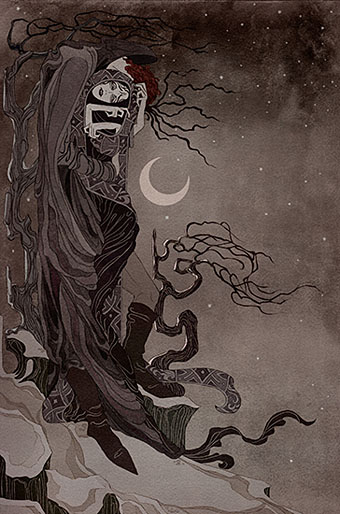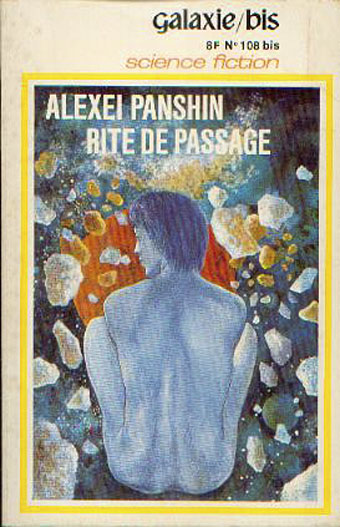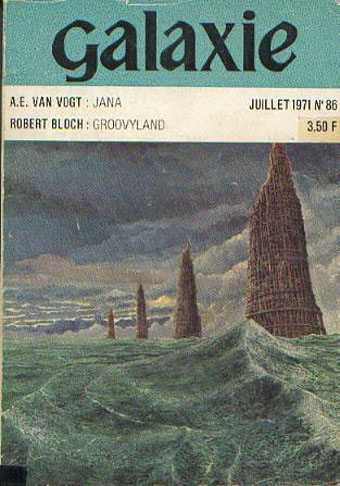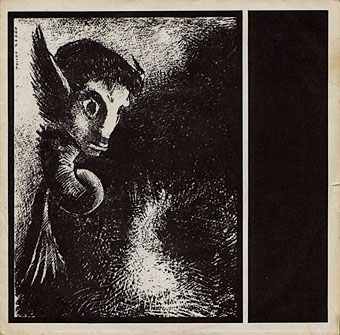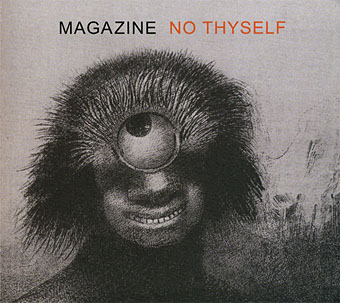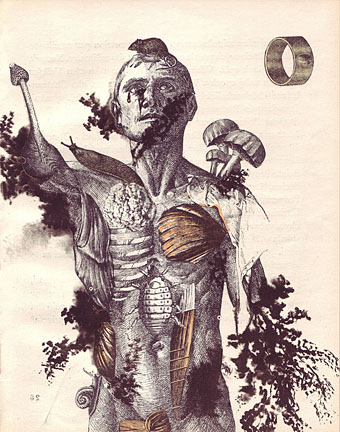Summer Passing (2013) by Laura Battle.
• The Marquis de Sade’s enduringly contentious The 120 Days of Sodom has been republished by Penguin Books in a new translation by Will McMorran and Thomas Wynn. “[De Sade] described his novel as ‘the most impure tale ever written since the world began’ and, for all the hyperbole, his description still holds true even now,” says Will McMorran, exploring the history and reputation of the book.
• From the Cutting Room Floor: Rick Klaw talks to Bruce Sterling about the current state of US (and world) politics. Sterling’s Futurist novel Pirate Utopia (which I’ve designed and illustrated) will be published by Tachyon next month.
• New from Strange Attractor: In Fairyland: The World of Tessa Farmer, edited by Catriona McAra, and Of Shadows: One Hundred Objects from The Museum of Witchcraft and Magic by Sarah Hannant and Simon Costin.
• Mix of the week: Programme No. 16 in the long-running Radio Belbury series is a guest presentation by The Pattern Forms (Jon Brooks, Edward Macfarlane and Edward Gibson).
• The Book of Three Gates by Simon Berman, “An Esoterica of HP Lovecraft’s Cthulhu Mythos”, is seeking funding.
• Occultist Phil Hine discusses Richard Payne Knight and phalluses at the Conway Hall, London, later this month.
• “My goal is to make music that is transcendent and isn’t specific of a certain time,” says Earth’s Dylan Carlson.
• Kiss the sky: psychedelic posters of the 60s and 70s from the collection of the late Felix Dennis.
• Radionics Radio: An Album Of Musical Radionic Thought-Frequencies.
• Madeleine LeDespencer on the occult bookshops of London.
• Unknown Pleasures waveform gif generator
• Sade Masoch (1968) by Bobby Callender | Confessional (Give Me Sodomy Or Give Me Death) (1991) by Diamanda Galás | The Sodom And Gomorrah Show (2006) by Pet Shop Boys


